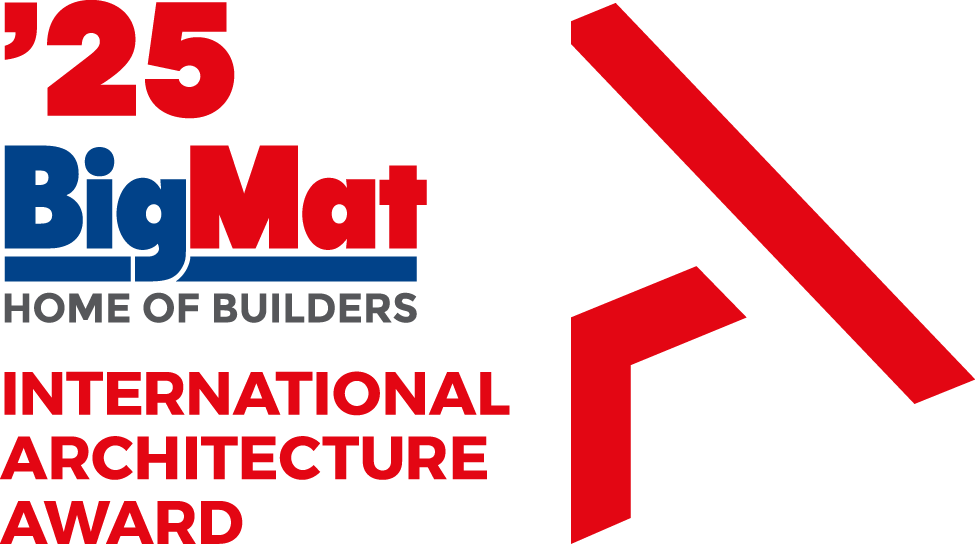„As Found. Experiments in Preservation“ focuses on the new relationship between contemporary design and heritage. Using experimental, groundbreaking, (inter)national examples, the exhibition explores the different positions that contemporary designers adopt in relation to existing buildings.

Circularity, conservation, restoration, pastiche, conversion, weiterbauen, referring to old traditions in new contexts, interweaving and urban mining. These are evolutions that exist alongside and are entwined with one another, and which increasingly enrich architectural practice. They are situated between past and future, intangible values and circularity, collective knowledge and creative intelligence.
Practical info
„As Found. Experiments in Preservation“
September 6, 2023 – March 17, 2024
deSingel
Desguinlei 25, 2018 Antwerpen
Belgium
In a world in which migration, population growth, diversity and climate change are huge challenges, the repurposing of buildings takes on multiple meanings. Sustainability, circularity, collective memory, appropriation… In this new reality, how can you further develop the existing built environment? How can heritage be an answer to today’s needs? And what role does architecture play in these social changes?

Transformation as the first design choice
It is no news that there is hardly any room for new constructions in Flanders. And yet the urge to use up extra space or to raze buildings and put up something new in their place is entrenched. Architecture in Flanders and Brussels, however, demonstrates a unique position in dealing with the existing built environment. The exhibition ‘As Found’ proves this. Seven experimental approaches to transformation architecture and a series of national and international reference projects show that the existing arsenal of buildings in Flanders offers a range of possibilities. The exhibition looks not only at the end result, but above all at the design process and the sometimes very different parties involved. Each project is illustrated on the basis of preliminary studies, drawings, photos and models uncovered by the curators at the design offices. With this exhibition, the Flanders Architecture Institute wants to inspire architects, policymakers, users, funders and clients to tread new paths in dealing with our existing patrimony.

Buildings as repositories of the collective memory
Recent discussions around the extension of Het Steen in Antwerp and the Gravensteen in Ghent show that professionals are not alone in having an opinion about how we should treat our heritage and the built environment in general. Empowered citizens are expressing their opinions. This shows the importance of buildings as an essential part of the collective memory. The book and the exhibition therefore argue that it is necessary to achieve an appropriate transformation collectively, together with users, clients, designers and historians.

Short-chain building and urban mining
In a densely built-up region like Flanders, where open space is scarce, restoring, infilling or reactivating is not just a cultural decision. It also has an impact on global flows of materials and on local employment. The more buildings are restored, the greater the need for skilled labour and local (artisanal) industry. Urban mining is a good example of this: materials that until recently were dismissed as waste from construction sites are upgraded into raw materials for building projects. In this way, the transformation of existing buildings is more sustainable than a new construction according to the latest EPB standards.

